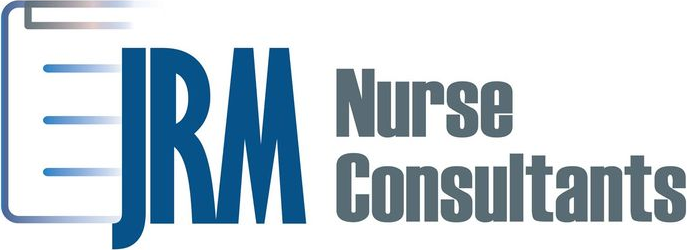By Dr. Rosie Moore, DNP, RN, LNC, LEHP, BC-FMP
“Understanding the Human Side of Injury Recovery: Real Stories, Real Struggles, Real Solutions” – Part 3 of 3
Carlos’s Story:
Carlos watched as his top technician suffered a serious injury on the job. Productivity dipped, paperwork piled up, and Carlos worried not just about the immediate costs but whether his employee would ever return — and how he would replace him if he didn’t.
For employers, workplace injuries aren’t just about dollars and cents. They’re about the heart of the business — the people.
The High Cost of Uncertainty
Injuries impact:
-
Financial bottom lines due to lost productivity and workers’ compensation claims
-
Legal risks from non-compliance or improper accommodations
-
Employee morale and workplace culture are affected when injured workers feel unsupported
Trying to Do the Right Thing, But…
Employers juggle:
-
Coordinating between doctors, insurers, injured workers, and HR
-
Managing accommodations while keeping the business running smoothly
-
Communicating effectively despite complex systems and multiple stakeholders
Workforce Wellness Beyond Checklists
Real recovery means:
-
Supporting injured employees as whole people, not just cases
-
Early intervention to prevent complications
-
Offering resources that address physical, emotional, and social needs
How I Make It Easier
As a functional medicine nurse consultant and injured worker advocate, I help employers:
-
Coordinate care efficiently to reduce downtime
-
Implement early, personalized intervention strategies
-
Provide wellness resources that lower claims and improve retention
The Business Case for Functional Support
Investing in comprehensive care means:
-
Fewer lost workdays
-
Happier, healthier employees
-
Stronger, more resilient teams
Call to Action:
Let’s talk about reducing lost time, improving morale, and keeping your workforce healthy and engaged.
Schedule a free discovery call or visit jrmnurseconsultants.com





